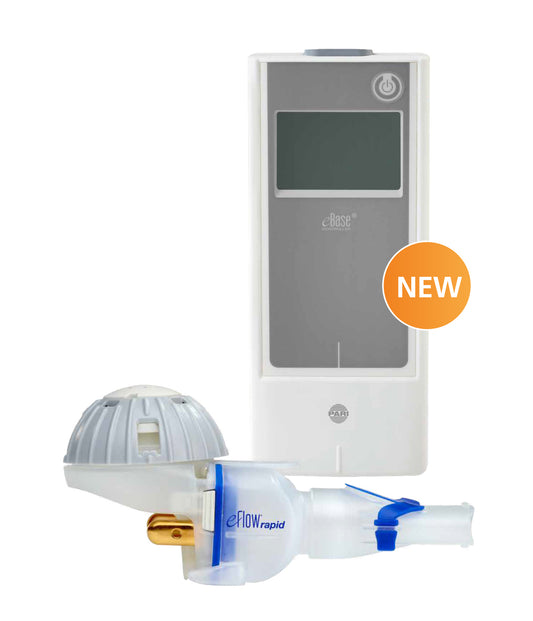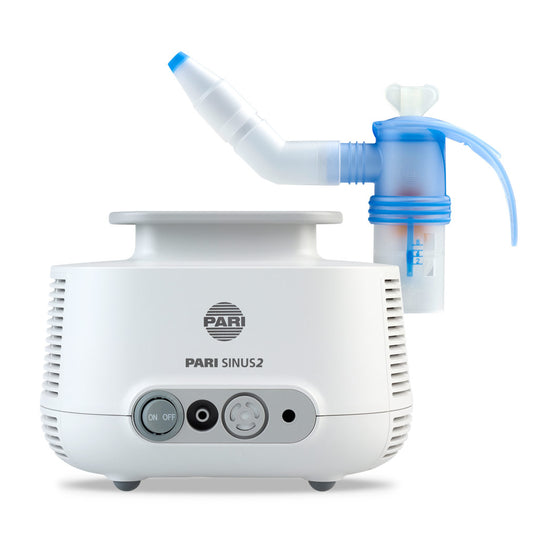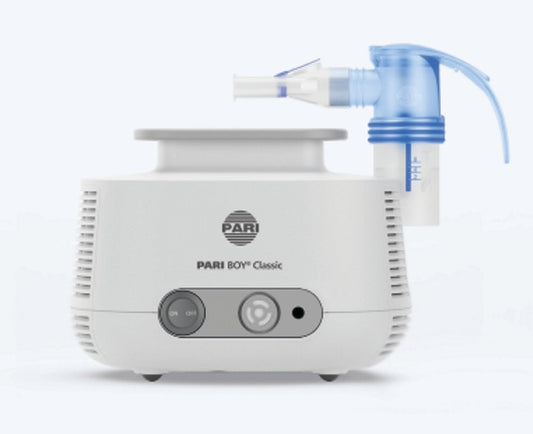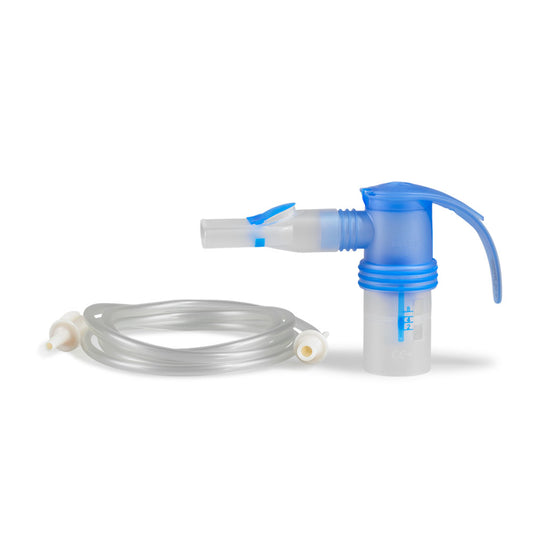Asthma, a chronic respiratory condition, can be complex to diagnose and manage. At Mediplast Australia, our approach to understanding and treating this disease prioritizes accuracy and effective care.
Suspecting asthma initiates a detailed consultation where doctors review your symptom history, familial health background, and any known allergies. This is augmented by a thorough physical examination, focusing on listening to lung sounds indicative of asthma.
The pivotal tool in confirming asthma is the lung function test, which measures the volume and flow of air inhaled and exhaled. For more nuanced assessment, a bronchospasmolysis test is used. Here, patients inhale a bronchodilator, and subsequent improvement in airflow suggests asthma. Alternatively, provocation tests may be employed when lung function appears normal, yet asthma remains a suspicion, by exposing the patient to potential irritants and monitoring the response.
Identifying Allergens
In cases of allergic asthma, identifying the triggering allergen is crucial. This often involves skin tests, such as the prick test, and specific blood tests that pinpoint the allergen based on immune responses.
Additional Investigative Measures
Should these standard procedures yield inconclusive results, imaging such as chest X-rays, and more detailed analyses like blood gas analysis or sputum examination, may be utilized to exclude other conditions or to gather more evidence supporting an asthma diagnosis.
Recognizing Asthma Symptoms
Asthma manifests through various symptoms, including:
- Breathing difficulties or shortness of breath
- Persistent coughing
- Wheezing sounds when breathing
These symptoms can sometimes escalate into an acute asthma episode, which can be life-threatening.
Triggers and Patterns
Understanding an individual's asthma triggers, which may range from respiratory infections to environmental factors like pollen or smoke, is essential for managing the condition.
The Diagnostic Process
Doctors synthesize information from clinical history, symptom patterns, family history, and lung function tests to form a diagnosis. Certain patterns, such as nocturnal worsening of symptoms, seasonal variations, or rapid response to reliever medications, suggest asthma.
Challenges in Pediatric Asthma Diagnosis
Diagnosing asthma in children under five is particularly challenging due to the commonality of respiratory symptoms and the difficulty young children have with breathing tests. In such cases, a treatment trial may be conducted to observe the child’s response to asthma medication.
Importance of Symptom Recording
Patients are encouraged to keep a detailed record of symptoms, potentially supplemented with audiovisual recordings, to assist doctors in identifying patterns and triggers.
Spirometry
Spirometry, a standard lung function test for individuals over five years of age, assesses lung performance and aids in the diagnostic process.
For immediate assistance in emergencies, contact emergency services or visit the nearest hospital. For ongoing management and support, your general practitioner is your primary resource.




